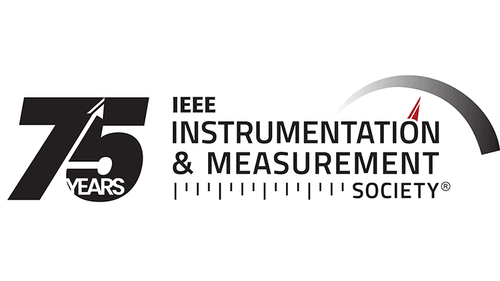Edge AI at Human Scale: Building the Invisible Infrastructure of Pervasive Intelligence
What if your ears could become a window into your cardiovascular health? What if a child’s first encounter with AI didn’t come from YouTube, but from building and training their own models in the classroom? What if a $10 camera could detect industrial faults in milliseconds—without touching the cloud? This talk explores the reality of Edge AI at human scale: intelligent systems engineered to operate entirely on-device, under real-world constraints. OmniBuds is a clinically driven, ear-worn digital health platform that enables continuous, passive, and context-aware monitoring of hypertension and respiratory health, using multimodal sensing and microcontroller-optimised inference. Bella is a foundational AI education platform that introduces computing and artificial intelligence to children aged 6–12 through interactive, explainable, and offline model training—crafted specifically for safety, engagement, and accessibility in diverse classroom environments. CaaS is an edge-native camera platform for industrial automation, delivering low-latency, task-specific visual intelligence on low-power microcontrollers, without relying on external compute or connectivity. These platforms required targeted innovations in few-shot learning, self-supervised techniques, compiler-level optimisation, and event-driven inference—all while balancing efficiency, interpretability, and real-world resilience. I will conclude by outlining core principles for translating AI research into deployable, trustworthy, and domain-specific systems that scale—advancing the vision of pervasive intelligence across health, education, and industry.


